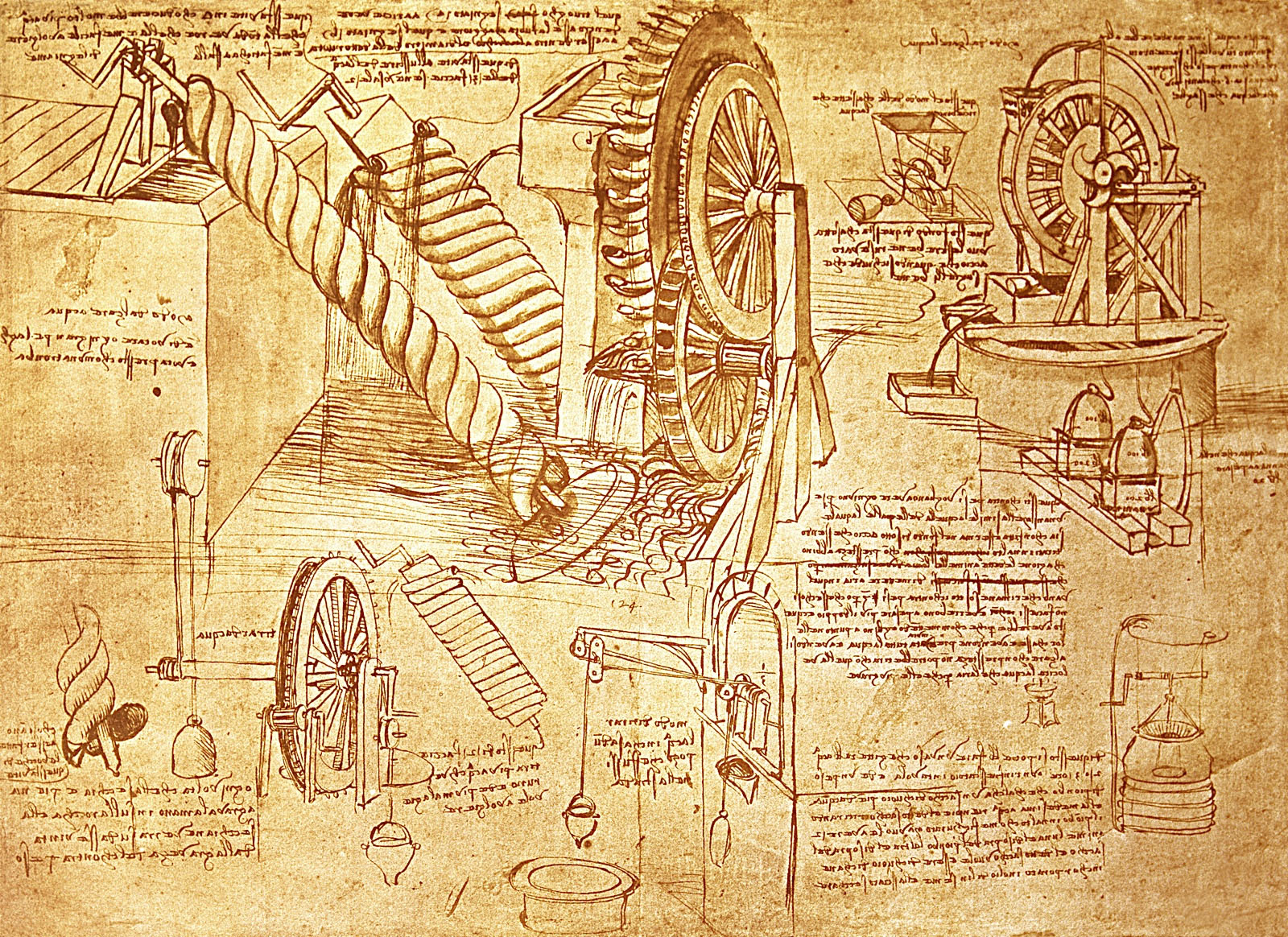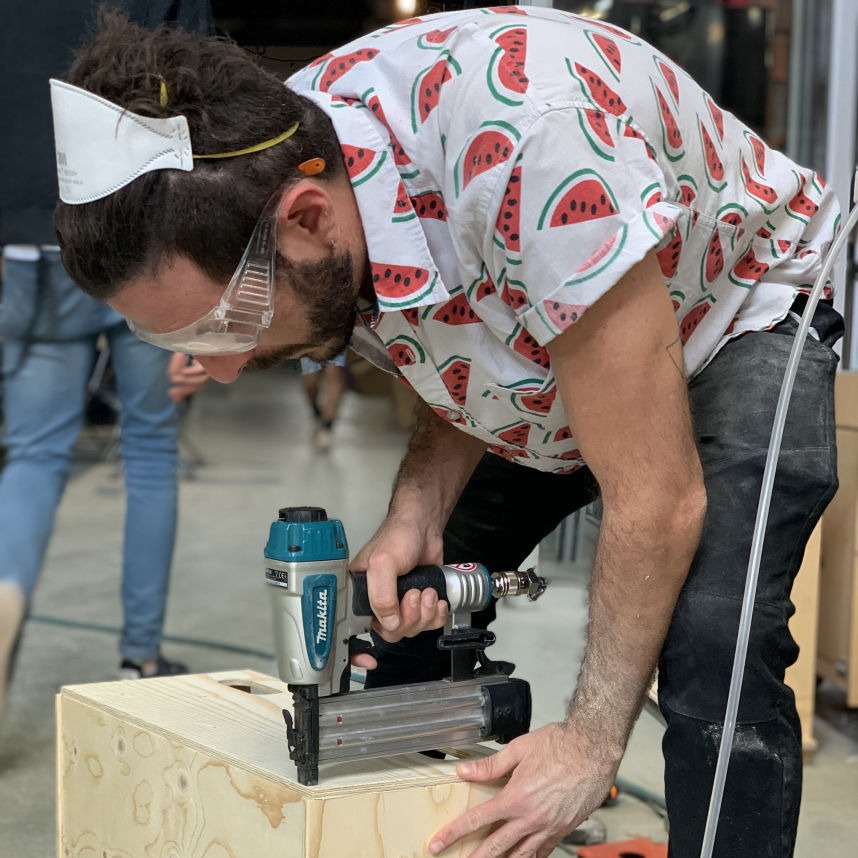Syllabus⇝
This course explores the use of documentation as a powerful tool to craft coherent and meaningful narratives about the design and development process. Rather than viewing documentation as mere administrative tasks or data collection, students will adopt a narrative approach to communicate their creative journey, design decisions, and project stages.
Keywords: Documentation, Storytelling, Design Practices
Learning Objectives⇝
By embracing this perspective, students will gain a deeper understanding of how design projects evolve, fostering the ability to reflect on their work and effectively convey it to others. Utilizing documentation as a narrative logbook, students will appreciate its value as an instrument that captures the creative voyage and provides a context-rich narrative for sharing with fellow designers, colleagues, and audiences interested in the design process.
- Understand the concept of Documentation in design practice.
- Apply narrative storytelling techniques to communicate the creative process and design decisions effectively.
- Develop coherent and engaging narratives in the form of a design logbook.
- Reflect on design work through documentation and narrative analysis.
Methodological Strategies⇝
- Invert evaluation
- Case studies
- Project-based learning
- Peer learning
Schedule⇝
Class on Documentation and Website Reflections (2 hours)
- Introduction to Narrative Documentation in Design Practice
- Importance of documentation for creative projects
- Understanding the elements of compelling storytelling in design
- Learning from mistakes and reflection as part of the creative design process
- Weekly documentation guidelines and expectations
Follow-up and Tips Class (2 hours)
- Review and feedback on the student's initial website documentation
- Addressing common challenges and questions related to website upkeep
- Tips for compelling storytelling through multimedia elements
- Encouraging students to explore innovative ways of enhancing their narratives
- Techniques for showcasing design decisions and iterative progress
- Encouraging active engagement and communication with peers on documentation
Website Review (1 hour)
- Individual website reviews and assessments by the instructor
- Analysis of each student's narrative documentation and reflections
- Feedback on narrative coherence, clarity, and visual presentation
- Identifying strengths and areas for improvement in the storytelling process
Website Review (1 hour)
- Continued individual website reviews and feedback
- Addressing specific concerns and doubts related to documentation
- Final tips and suggestions for long-term sustainability and ongoing website maintenance
Deliverables⇝
Updated website using the suggested taxonomy structure and the considerations given in class.
Grading Method⇝
| Percentage | Description |
|---|---|
| 30% | Website Taxonomy: Using the correct Taxonomy in your website to organize the information. |
| 30% | Website Completeness: Having the website updated with the required content at the reviews. |
| 20% | Classmates Assessment: 10% assessment of 2 classmates websites. 10% suggested assessment by 2 classmates. |
| 20% | Personal Reflections: Reflecting in class about the learnings and having the final reflection on the website. |
European Credit Transfer and Accumulation System (ECTS)
1 ECTS
Faculty⇝
Experienced Creative Director with 15+ years in global agencies and brands across Latin America and Europe. Holds a Master's in Future Design, specializing in digital manufacturing and emerging tech. Over 6 years of teaching in diverse universities, focusing on communication, creativity, design, and storytelling.
Founder of POWAR, a Barcelona-based R+D Ed-Tech studio driving planet-centred STEAM education. Known for strategic vision, expertise in innovation, project management, and audiovisual production. Researching around the future of education.

